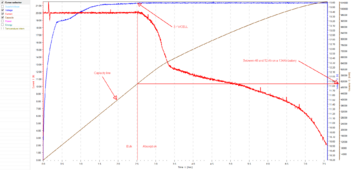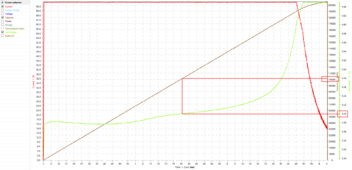I can find a plethora of information on how to program an MPPT+BMS to routinely charge an LFP battery bank to 100%. But, what settings are optimal to routinely charge to 90% (to preserve the life of the battery bank)? Is it as simple as changing all of the charge settings (float, bulk) to 53.6V (for 16s)?
My system has been in service for 3 years, and I have always used "all-in-one" hybrid inverters from Growatt. But after my third all-in-one inverter failed after a year (this time, the MPPT broke, the previous one the output capacity was reduced by half, and my first one just stopped working entirely) I have decided to switch from "all-in-one" to individual components (see below) so that I can replace individual components as they break. Everything is going great with default settings, but this charges to 100% every day.
New MPPT: PowMr M60-Pro: Default "L15" program charges to 100%, but I would prefer 90%. There is a USE ("user") program that I would like to use to get to 90% everyday.
BMS: Sephlos 150A BMS x4
Batteries: 44 kWh LFP, unbranded from auction, 4x 16s 48V (51.2V) banks
Inverter: PowMR 10.2 kW (can't use the built in MPPT because its max input current is 10A)
Solar: 48V 10A panels 3s8p
Thanks!
My system has been in service for 3 years, and I have always used "all-in-one" hybrid inverters from Growatt. But after my third all-in-one inverter failed after a year (this time, the MPPT broke, the previous one the output capacity was reduced by half, and my first one just stopped working entirely) I have decided to switch from "all-in-one" to individual components (see below) so that I can replace individual components as they break. Everything is going great with default settings, but this charges to 100% every day.
New MPPT: PowMr M60-Pro: Default "L15" program charges to 100%, but I would prefer 90%. There is a USE ("user") program that I would like to use to get to 90% everyday.
BMS: Sephlos 150A BMS x4
Batteries: 44 kWh LFP, unbranded from auction, 4x 16s 48V (51.2V) banks
Inverter: PowMR 10.2 kW (can't use the built in MPPT because its max input current is 10A)
Solar: 48V 10A panels 3s8p
Thanks!







